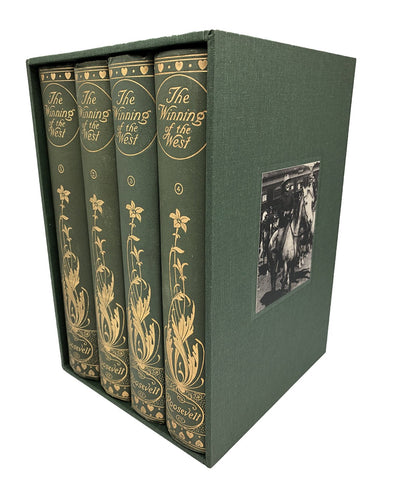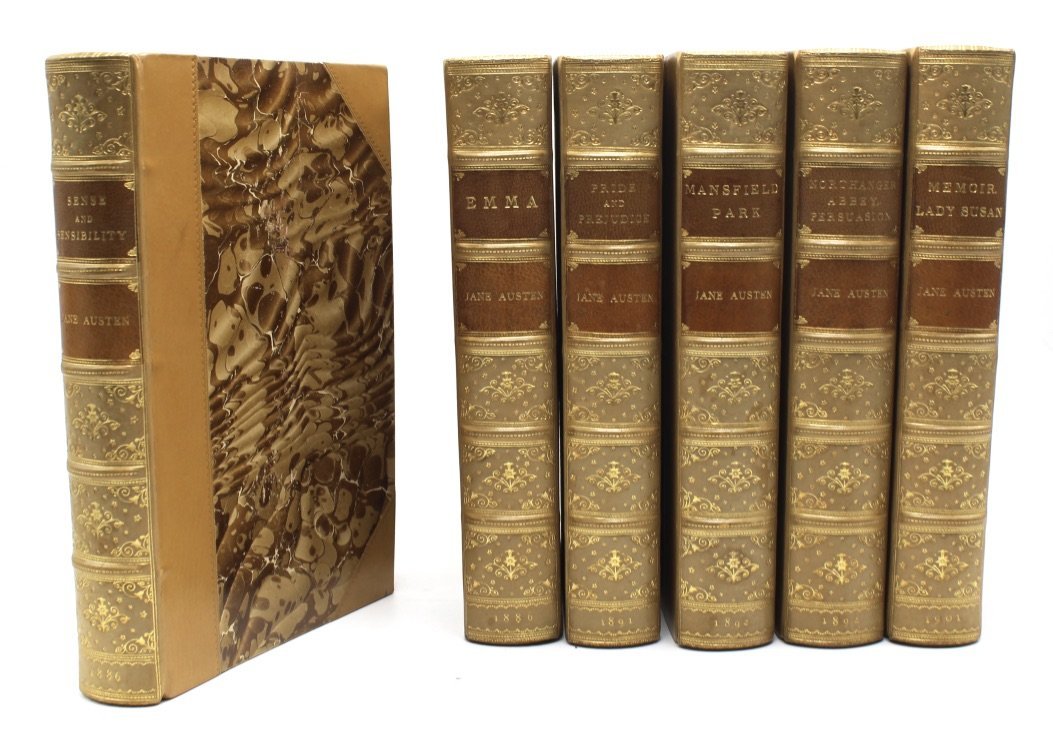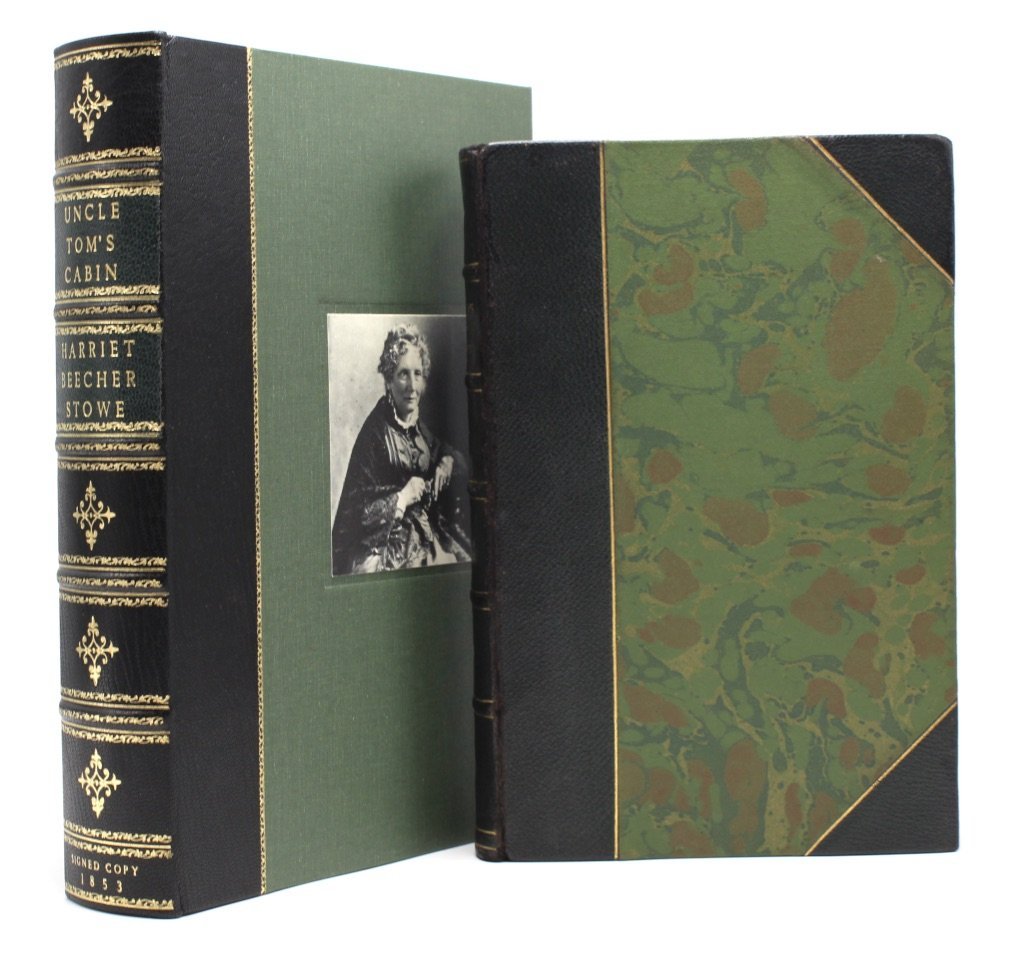Teddy Roosevelt: A Look at His Life
Theodore Roosevelt was an outdoorsman, writer, soldier, and 26th president of the United States. Roosevelt made a name for himself in politics, being then the youngest president in U.S. history, and for his no nonsense approach. He also led an interesting and eventful life, regarded as a rugged outdoorsman despite poor health as a child. Read more about Teddy Roosevelt’s interesting life, and shop authentic pieces of history here on this week’s blog.
Theodore Roosevelt Signed Collage
Early Life
Theodore “Teddy” Roosevelt was born October 27, 1858 in New York. Roosevelt was nicknamed “Teedie” as a child by his family members, and despite poor health, he was adventurous and active. Roosevelt suffered from severe asthma as a child, which left him bed-bound often. He also soon learned that he had terrible eyesight and that he required glasses at a young age. Despite obstacles, Roosevelt was determined to exercise and train his body to match his determined spirit. He sought to overcome his childhood health issues by adopting a "strenuous life," to include rigorous weight lifting, boxing, horseback riding, hunting, and wrestling.
Roosevelt entered politics in 1882, serving as a young member of the New York House of Representatives. He put his political career on hold temporarily after the death of his wife, when he moved to a North Dakota ranch and embraced a life as a cowboy. His 1899 Big Game Hunting is composed of two earlier books written by Roosevelt during his time in the Dakota Badlands. Roosevelt returned to New York and served on the U.S. civil service commission from 1889 to 1895, while also serving as president of the New York board of police commissioners and as assistant secretary of the navy from 1897 to 1898. Roosevelt became known for his strong opposition to corruption in government.
 Big Game Hunting by Theodore Roosevelt, Signed, First Limited Edition 762/1000, 1899
Big Game Hunting by Theodore Roosevelt, Signed, First Limited Edition 762/1000, 1899
Rough Riders
When the Spanish-American War began, Roosevelt took up service as Commander in the 1st U.S. Volunteer Cavalry. The unit was known as the Rough Riders, with a rag-tag group of volunteers from Ivy League graduates to law enforcement officers to western cowboys. Roosevelt led the company on two important battles in Cuba, one of which was the charge up San Juan Hill. The Rough Riders were honored as war heroes in the U.S. when they returned, with Roosevelt as their famous leader. The group was an example of members from all different backgrounds who came together as one to bring victory for the U.S. The Rough Riders became associated with the western cowboy ideal of “manliness” and rugged strength given their bravery on the battlefield. Roosevelt, a once sickly child, became the epitome of the all-American “manly man.”
President of the United States
Roosevelt was elected as vice president to William McKinley in 1901, winning on a platform of peace and conservation. However, six short months later, McKinley was assassinated and Roosevelt took office as president. At age 42, Roosevelt was then the youngest man to ever become president. Though he promised to withhold the standards that McKinley strived for, he did make changes. In fact, Roosevelt was the president to rename the then “executive mansion” to the White House.
“I believe in a strong executive; I believe in power,” Roosevelt wrote to historian Sir George Otto Trevelyan. “While President, I have been President, emphatically; I have used every ounce of power there was in the office.…I do not believe that any President ever had as thoroughly good a time as I have had, or has ever enjoyed himself as much.”
Roosevelt was a strong advocate for the protection of natural resources. He saw that Congress create the Forest Service in 1905, as well as designated public lands as national forests in order to preserve the resources. Roosevelt set aside almost five times as much reserved land as his predecessors had, totaling 194 million acres. In foreign policy, he began construction of the Panama Canal, as well as expanded the Navy and sent out the Great White Fleet on a world tour project.
-
Roosevelt was elected to a full term in 1904 in a landslide victory, though campaign materials are still found from his 1904 campaign like this antique bandana. He continued to promote progressive policies and defend the country from political corruption in his second term.

Theodore Roosevelt and Charles Fairbanks Political Campaign Bandana, 1904
A Brush with Death
Roosevelt’s manly character certainly became apparent as he stepped into the public eye. However, his ability to withstand even a brush with death shocked the world! While giving a speech in 1912, Roosevelt was shot pointedly in the chest, at which point he calmly addressed the crowd: “I don’t know whether you fully understand that I have just been shot.” Roosevelt unbuttoned his coat to reveal a blood-stained shirt. However, Roosevelt simply stated: “It takes more than that to kill a bull moose.” The bullet had certainly wounded him, but had lodged in his 50 page speech script in his pocket.
The most iconic part of the story came when the crowd realized that Roosevelt intended to continue on with his speech:
“Fortunately I had my manuscript, so you see I was going to make a long speech, and there is a bullet—there is where the bullet went through—and it probably saved me from it going into my heart. The bullet is in me now, so that I cannot make a very long speech, but I will try my best.”
If the public was not certain of his rugged nature and manly qualities, they certainly understood after this incident!
The Winning of the West by Theodore Roosevelt, Signed, Four Volumes, 1908
A Life as an Outdoorsman
Roosevelt practiced his adventurous hobbies as an outdoorsman throughout his life. After serving for two terms as president, Theodore Roosevelt declined to run for office again in 1908. Instead, he left for Africa in April 1909 with his son, Kermit, and a party of 250 porters and guides on a big game hunting expedition.
Known for his love of the wild and the establishment of national parks, Roosevelt had a keen interest in collecting specimens for scientific study. He made an arrangement with the Smithsonian Museum (then called National Museum) for “one or two professional field taxidermists, field naturalists, to go with us, who should prepare and send back specimens we collect.” He then offered to donate the large game he planned to hunt for the museum’s natural history collection. Many of his donated specimens, including the rhinoceroses, are still at the Smithsonian National Museum of Natural History today. With the growing human populations expanding into these animals’ habitats, Roosevelt aimed to record information on the large mammals of East Africa before they disappear. Roosevelt recorded his findings and observations of the world’s specimens and lands in his many books.
The Famous Teddy Bear Nickname
Perhaps one of Roosevelt’s more humorous stories is the tale of when he gained the nickname “Teddy.” The story goes that when Theodore Roosevelt was bear hunting out near Onward, Mississippi in 1902, all of the other members of the party had spotted bears, but Roosevelt had not seen a single one. For fear of Roosevelt being seen as a failure in his trip, Roosevelt’s assistants tracked down an old black bear in the woods with their dogs. The dogs trailed the bear for quite a distance and ended up attacking it to wound it. The men strung the bear up to a tree in order to present it to Roosevelt. Once the black bear was tied to the tree, the men suggested that Roosevelt shoot it, since he had not managed to locate another one. However, being a sportsman and honorable hunter, Roosevelt refused to shoot the bear after it had been cornered and tied.
The news of Roosevelt’s refusal to shoot the bear spread widely through newspapers across the country. Not only had the President not been successful on his trip, but big game hunter Roosevelt himself had pointedly refused to shoot the bear! He inherited the nickname “Teddy” from this point on.
1907 Teddy Roosevelt "Teddy Bears" Pillow Cover
Legacy
Roosevelt is remembered today certainly for his policies and dedication to the presidency, but also for his character. Roosevelt’s lifestyle was adventurous, and today he is regarded as an iconic, traditional man of might and masculinity. His strong spirit and political dedication to fight corruption makes him one of the most favored former presidents of U.S. history!











